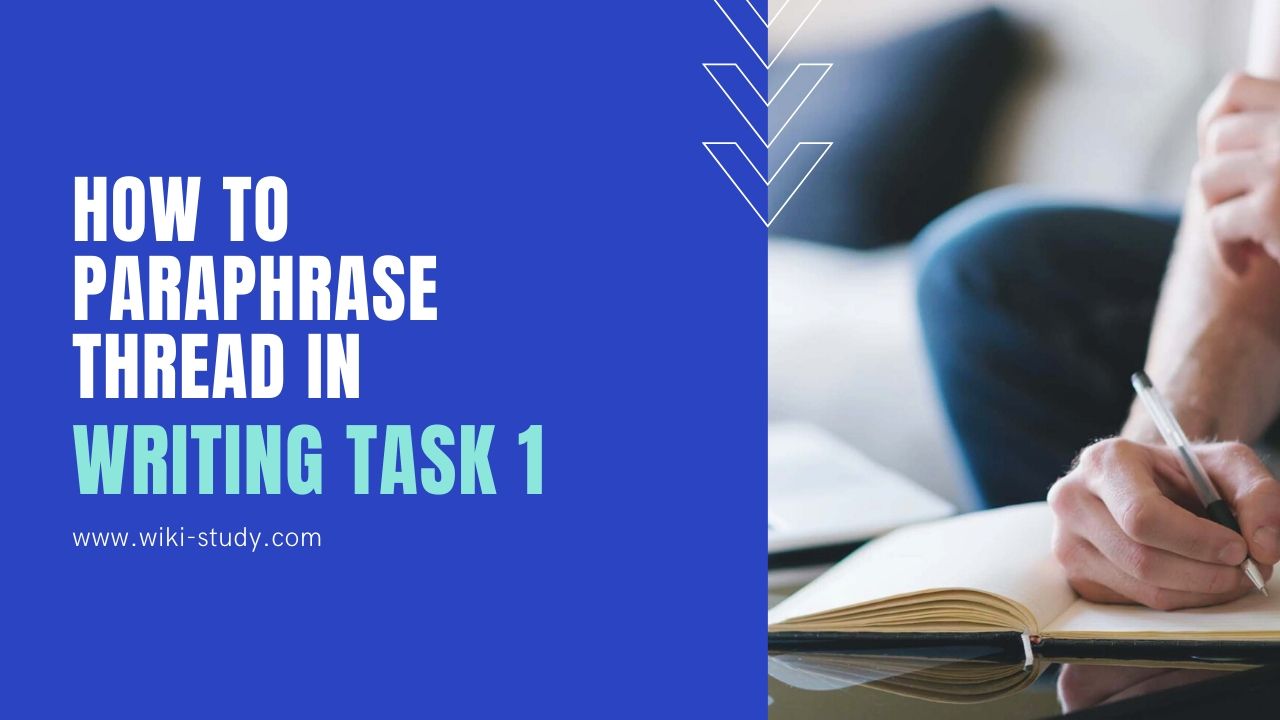One of the biggest problems for candidates who take the Writing Task 2 exam is … being implicit. It is true that the great vocabulary or complex grammar that wants to show it is always necessary to mean. So when the secret, we have to do?
First of all, we need to know where the essay, or thesis, comes from. When writing an IELTS Writing Task 2, we must “put” our views into the article. That perspective, or the way we perceive everything around us, comes from the information we read or interact with every day. So the question you need to ask here is, what information are you exposed to every day?
Not necessarily in English, the information we interact with daily can be news, media, social networks, gossip with colleagues, etc. If you are not in contact with one of the This type of information, you should learn and create habits for yourself to see them every day. I usually get information from online newspapers and news, 2 sources that I think anyone on this day can also access.
So from the information sources that you read, you form two great arguments to use for the body of the text. Let’s take an example of a recent topic: university vs. vocational school
Suppose we support the university completely, so now we have to give 2 reasons to support the university?
Here is your first suggestion: “why?” Why support “university”? Support is good for the university to support, right? => Why is university good? => What does good mean, is there any benefit? => university what is the benefit? Benefits are specifically for whom, for those who go to school, right? => What are the benefits of University for students?
Continuously asking questions to clarify what is not clear from the “why?” is a way to shape big arguments. Now, suppose we have a big point:
University helps learners find jobs.
The next question you should ask is “Why?”
=> University gives learners the skills necessary to work
After the “Why?” Question, you should ask “How?”, Or “How is university for people to learn skills? How does it work? Is there anything at university that helps people get skills?” power?” => “Ah, courses”
The question “why” helps readers understand why you think so, while the “how” helps illustrate the reader to add persuasion. So, when the know-how in task 2, ask yourself the “why” and “how” questions in turn. You will get a complete, tight essay without “scattering” about unrelated issues.
I wish you a high score in the IELTS writing test!

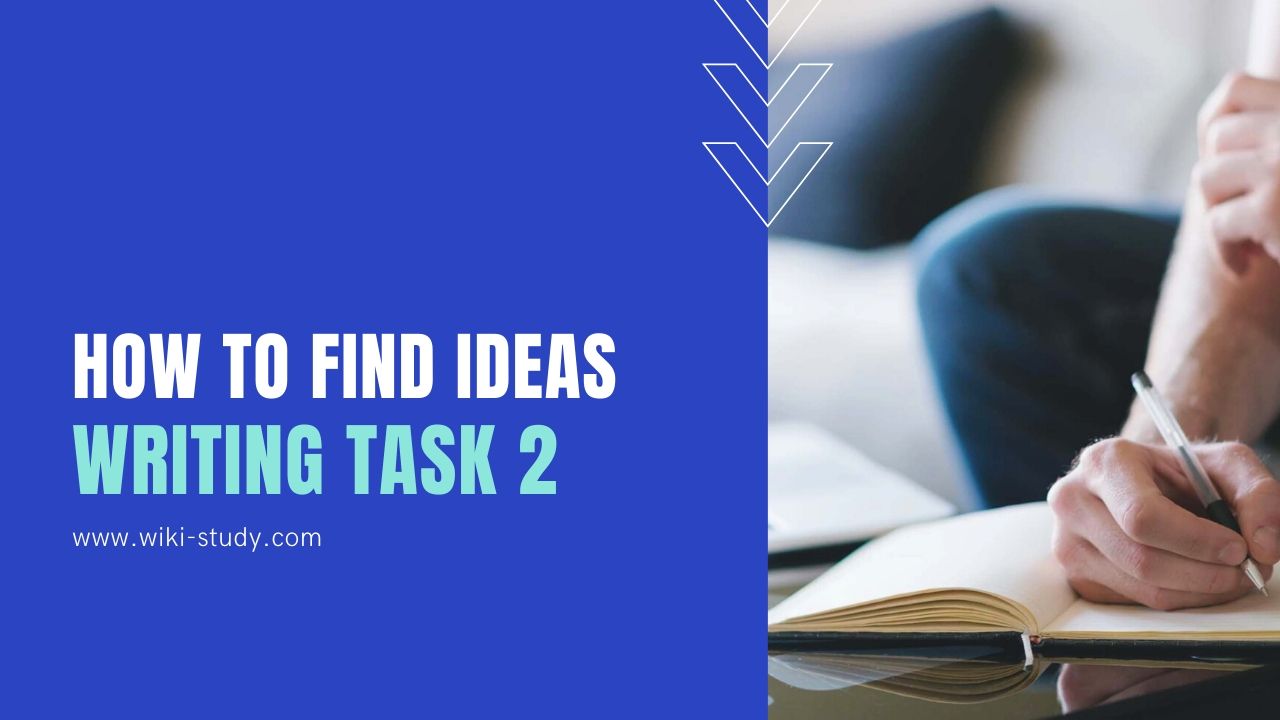
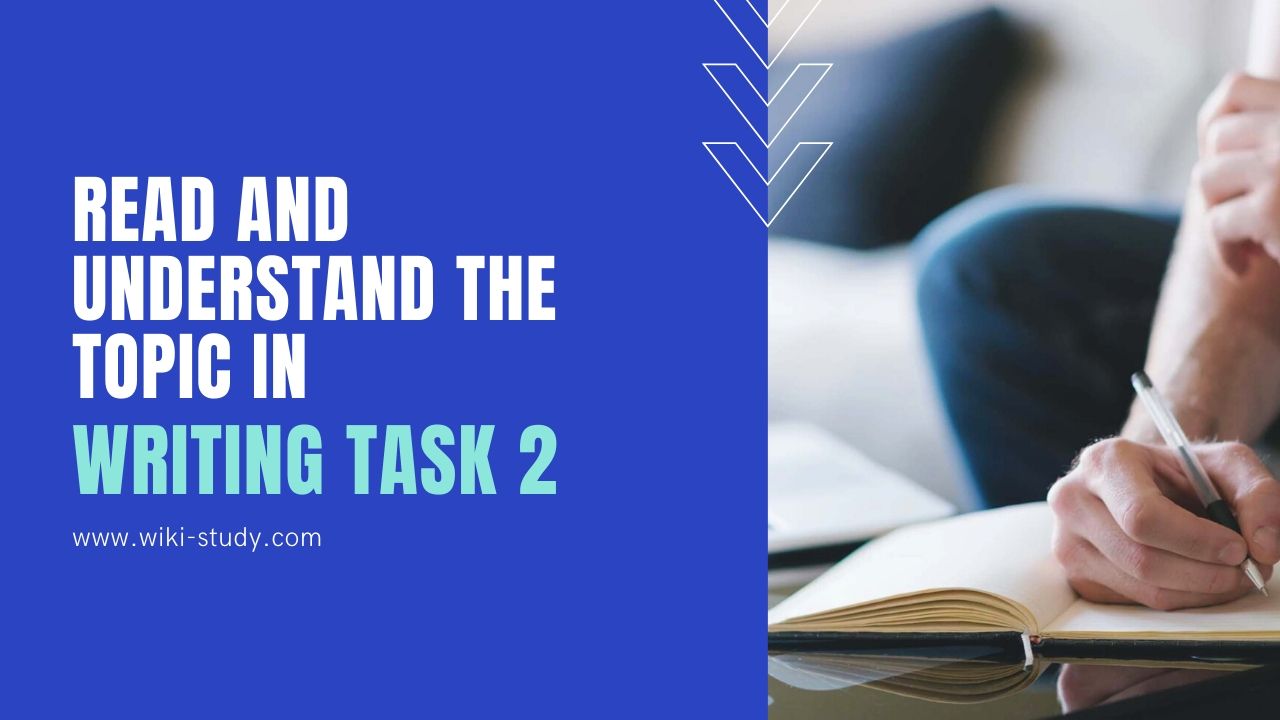


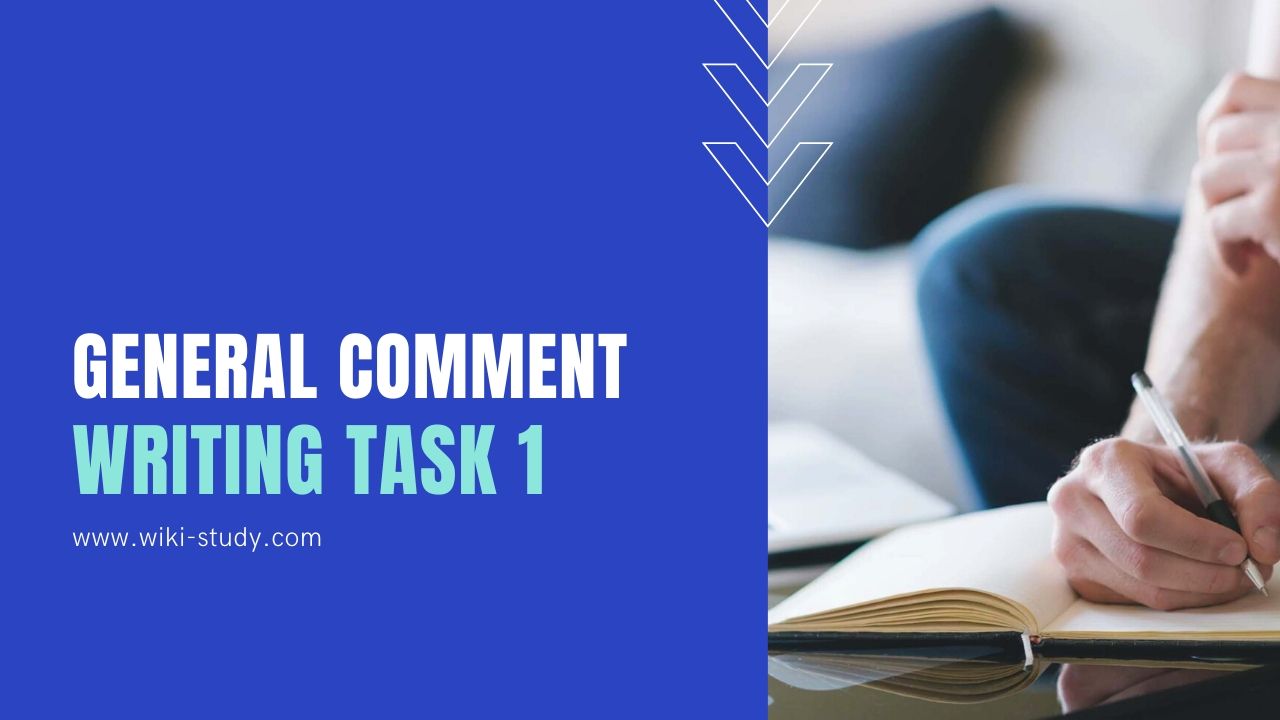




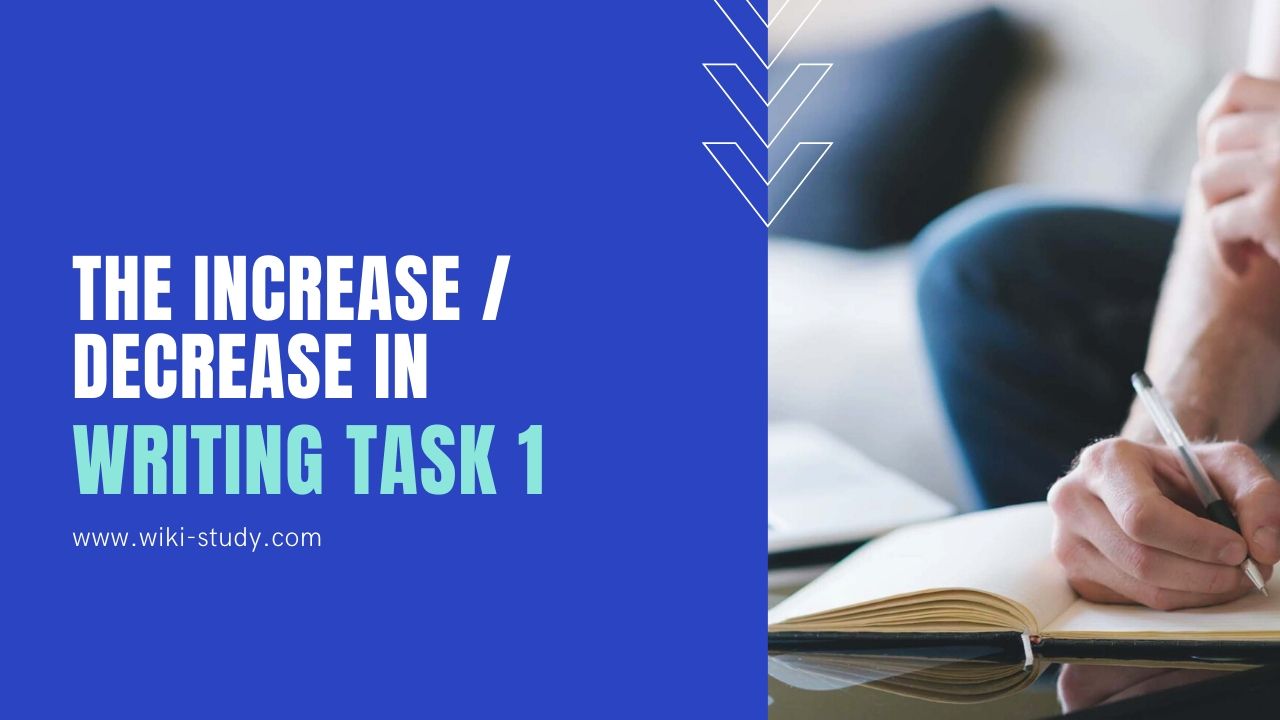

 Escalate (The escalator goes up)
Escalate (The escalator goes up)




